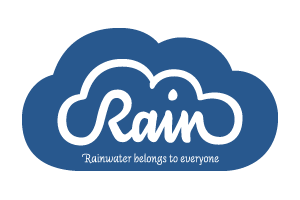
Sustainable catchment planning
DO YOU FACE SCARCITY OF WATER RESOURCES IN YOUR PROJECTS AND PLANS? AND DO YOU WANT TO MAKE YOUR ACTIVITIES ON WATER ENVIRONMENTALLY AND FINANCIALLY MORE VIABLE?
Our approach to Sustainable Catchment Planning improves the sustainability of your water management plan or project in an area through a step-wise approach in planning, technology selection, and financing.
Designing technological solutions for your water supply challenges in the light of climate change is one thing, but integrating these in local planning and ensuring a sound financial plan is another. And: how to make technology choices in water supply that are environmentally sustainable? Our approach in Sustainable Catchment Planning offers you a holistic approach on the planning of sustainable water supply solutions.

Nepal
HOW DOES IT WORK?
1
Select appropriate technologies
We take a catchment-based approach to water resource management, which means that we will start by assessing the opportunities and challenges related to the water resources in the catchment of your project. This gives us a full understanding of the problems related to water but also on the opportunities the area has to offer. Only then will we select small-scale water harvesting technologies, focusing on a balance between 3R (Recharge, Retention and Re-use). We can help you assess the potential of an area for 3R based on its hydrology, rainfall and landscape characteristics and investigate the needs and demands for water by mapping the socio-economic landscape and its stakeholders. Based on this physical and social assessment, we calculate the water buffering potential of an area and select the most appropriate 3R technologies.
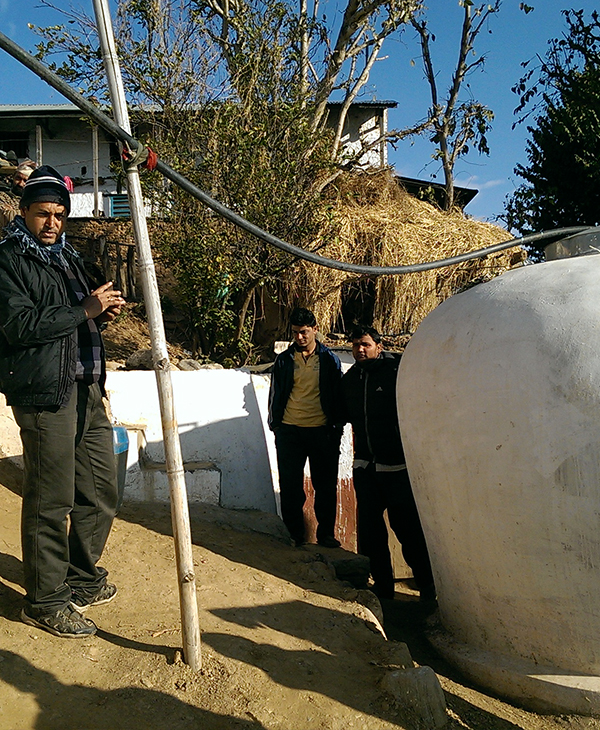
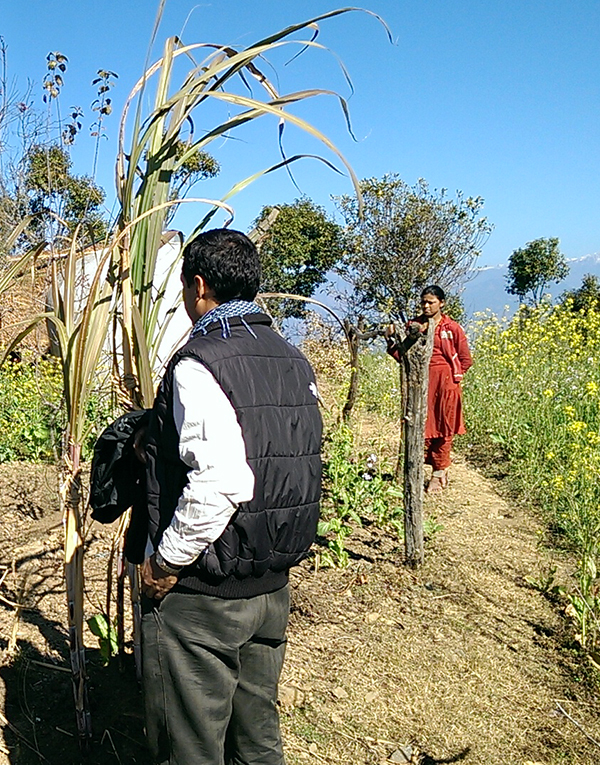
2
Developing a water management plan
Catchment planning is all about designing water allocation plans based on the needs, responsibilities and decisions of all stakeholders in a catchment. The second step is therefore to map the existing water management policies, programmes and budgets as well as management structures to get a better understanding of the relevant stakeholders and their capacities, interest and power. In catchment planning, it is important to develop a stakeholder map and ensure that all stakeholders are willing and able to take their responsibility. We can support you to develop a water management plan that takes into account all relevant stakeholders, their roles and responsibilities and their capacities to implement and manage your project. Read more about sustainable catchment planning in the Water Resource Management guideline.
3
Developing a local financing system
To ensure the financial sustainability of your water management plan, we provide financial and business development advice to ensure a sound financial plan. Based on a financial analysis, we design financial products and business plans compatible with local capacities and context. We have extensive experience with micro-credit and support entrepreneurs in developing sound business plans for WASH products and making these available on the market at acceptable prices. This increases self-supply, makes people less dependent on subsidy and gives them the opportunity to improve their health and wellbeing. We can support you to include sound business plans and financial products into your projects, with a focus on increasing access to water for the needy.
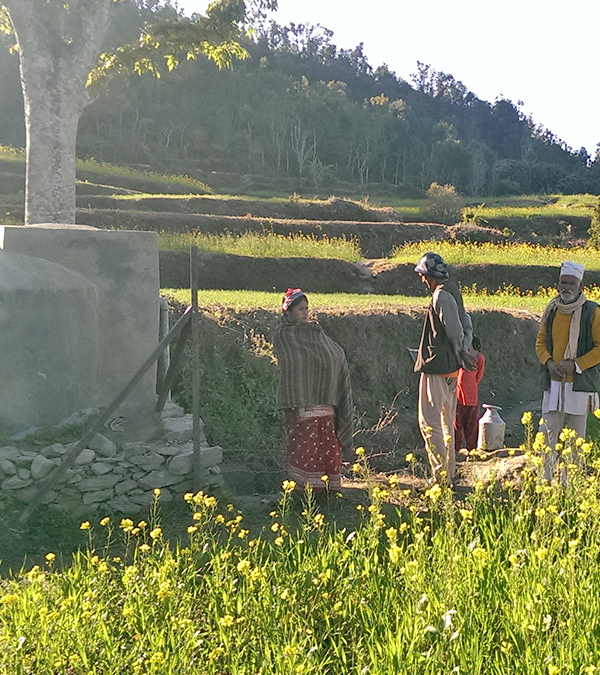
IMPACT
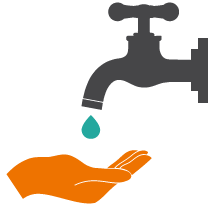
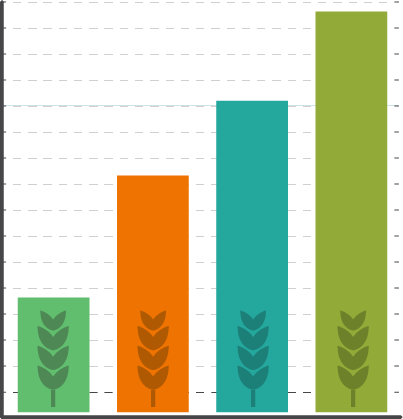
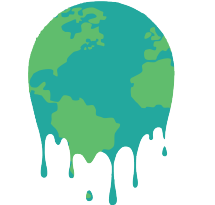
This approach to Sustainable Catchment Planning is designed to ensure reliable access to water for drinking and production through sustainable water resources management. This can support your organisation to:
- Realise sustainable access to safe water for communities is water scarce or water stressed areas
- Realise higher production rates for farmers, and other income generating opportunities thanks to increased access to water leading to economic development
- Ensure higher water availability in an area through recharging, retaining and re-using existing water resources in the most effective way, making it less vulnerable to climate change
Catchment planning in Nepal
- Customer
- Location
Ministry Foreign Affairs
Nepal

In many communities in Nepal demand for water is increasing, water supply networks are inadequate, and water resources are being depleted. On top of this, climate change is exacerbating the situation, causing an increasing lack of water for productive use and unpredictable droughts, flooding, and landslides. RAIN, a brand of Aidenvironment, was requested to provide support to improve the resilience to climate change of the people living in the mid-hills of Nepal, by designing sustainable water management plans for WASH and food production. In Nepal, we worked together with Helvetas Swiss Intercooperation Nepal and BSP Nepal on the development of a sustainable approach to water management. We started by undertaking a thorough assessment of the areas to get a better understanding of the context of their projects. Planning was already a strong point of their projects, but more climate-resilient solutions like 3R technologies and a so-called catchment approach were not yet well included. We provided support to integrate this into their existing guideline and provided trainings for other NGOs on these topics. This enabled them to identify potential 3R technologies for water buffering, such as infiltration ponds, rainwater jars, spring source protection measures, ditches on the steeply sloping areas and tree planting. This led to more focus on designing sustainable water supply technologies, which have the capacity to make most effective and efficient use of existing water resources in an area, even supporting replenishment of water resources. Finally, to increase financial sustainability we successfully developed microfinance products in collaboration with financial institutions for water harvesting systems across four districts in Nepal. In short, we supported them to make their existing water management planning guidelines both environmentally and financially more sustainable, by using the existing strong components and integrate some new components. Together we have designed projects that have improved access to water in many districts in Nepal. This approach is now also taken up by local government and other NGOs. Sustainable catchment planning is brought to scale!
GET IN TOUCH
For more information, please contact Aidenvironment:
info@aidenvironment.org
© 2015 AIDENVIRONMENT - RAIN. ALL RIGHTS RESERVED


